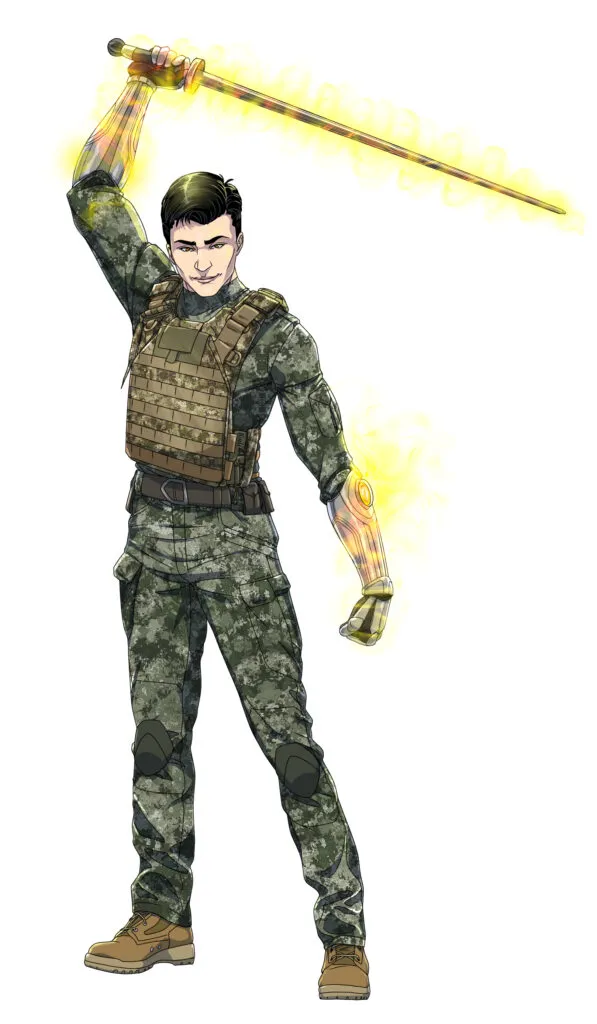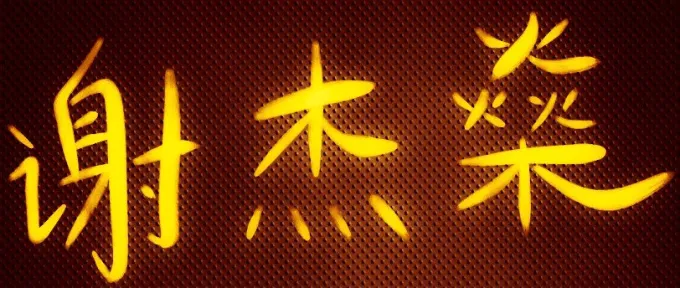
Saga of the Swordbreaker is a science fantasy series. Guns and magic are abound. Yet we don’t see much discussion of them up to this point. Why? Because the technology is simply an extension of Chinese metaphysics. By understanding the metaphysics that underpin the universe, you immediately grasp how the higher technology works.
A common mistake by many wannabe writers is to create dense notes on the lore of their world, then dump everything on the page. Not only is it boring for readers, it is extremely difficult for writers to keep everything consistent. The bestselling authors who do this have specialized software and legions of fans to help them keep the facts straight.
I don’t.
That meant I needed a better approach to worldbuilding, one that is easy and intuitive, and allowed me to organically create new elements on the fly without having to stop writing and refer to hundreds of pages of notes.
With Saga of the Swordbreaker—as with all of my other SFF works—I kept the worldbuilding concise. The story isn’t the world. It merely happens to take place in that world, touching on certain critical elements of it. I created a scaffolding for the fantastic elements of the story and fleshed it out organically as the plot developed. Not only is this simpler and easier for reader and writer to track, it also has the benefit of being totally organic and integrated.
Being a cultivation story, Chinese metaphysics was the obvious framework for worldbuilding. Yin and yang, five elements, eight trigrams, sixty-four hexagrams, ten heavenly stems and twelve animals. These are the first principles of the story world. Everything in the story universe flows from these first principles.
Guns are simply weaponized applications of these elemental energies. Slugthrowers with limited magazines pale in comparison to plasma casters that can tap into the unlimited power of the universe. Weapon designers would naturally want to harness these energies as precisely as possible, with as much power as possible, and so they used computers and high technology to automate the process.
Everyone knows what a computer is. There’s no need to explain how it works. Likewise, there’s no need to go into the mechanics of how a cosmic tap works, or the complete process of generating, containing and projecting a hypervelocity plasma bolt. Guns are technology, and at its heart, technology is an application of knowledge in a reproducible way. Press the trigger and the gun will always fire. That’s all the reader needs to know to enjoy the story.
Similar to guns, magic in this story universe are also applications of these fundamental forces. But magic is not reproducible. One person’s idea of a firebolt is going to be different from someone else’s. Magic is also not confined by technology and mechanics. Press the trigger of a gun and it will always fire; cast a spell and the elemental energies can be used in many ways. Water magic can be used to put out a fire or condense pure water from air, earth magic can be used for repairing things or overcoming water magic, and so on.
Magic requires mental focus. And that focus is trained through cultivation. The utility of magic makes development of focus a training priority; this justifies the ubiquitousness of cultivation in the story universe.
By building upon the fundamentals of Chinese metaphysics, we can create a science fantasy world from scratch. Traditional Chinese medicines and therapies, in the form of potions, pills, acupuncture and the like, are integral to the universe. So are more esoteric practices like feng shui, bazi, date selection, and more. In the story universe, as in real life, these elements blend seamlessly into each other, creating a rich backdrop that informs everything from plot to decisions to local colour.
Other cultivation stories have fancy-sounding terms like True Essence and Divine Qi, explore how they interact with each other in the Grand Heavenly Cultivation System, and why one system is superior to some other system. Mechanics like these are complicated, and complication increases the risk of making lore mistakes over time. Moreover, these concepts are made up. They do not exist outside the story universe, nor do they allude to something that does exist in real life. They are just there to prop up the story, nothing more. There is no room for further exploration outside the story.
With my approach to writing, there is a universe waiting for those readers who seek to learn more. The literary and philosophical references in Saga of the Swordbreaker point to critical aspects of Chinese thought. Gourmands will discover cuisines they can find in real life. Martial artists will gain insight into the internal martial arts. And the mystically inclined may just find something they’ve been looking for.
In stories built on invented principles, all possibilities of exploration are bounded by the bookends. When these principles exist simply to hold up a meta-level trope, such as cultivation, they lack the depth so necessary to spark awe and wonder, and to inspire further real-world growth. And when the first principles lack depth, the story is only as profound as a puddle.
My stories are built upon the works of saints and sages. For those so inclined, the story provides a jump-off point to explore new fields of knowledge. And when you return to the story from these strange new worlds, you may discover deeper meaning in the text than what you thought you knew.
Those other stories are forgettable and fungible. Mine are not.
Are you ready to explore a new realm of magic and wonder? Check out Saga of the Swordbreaker here!
